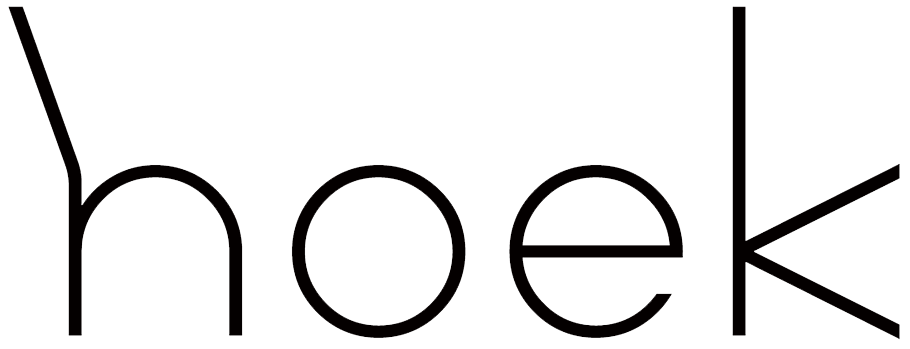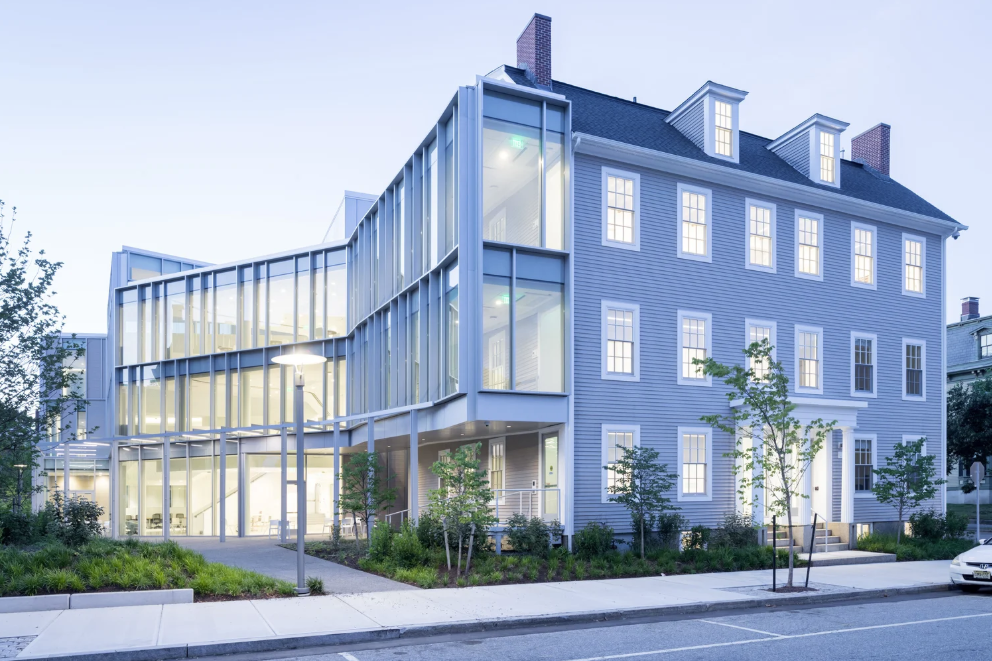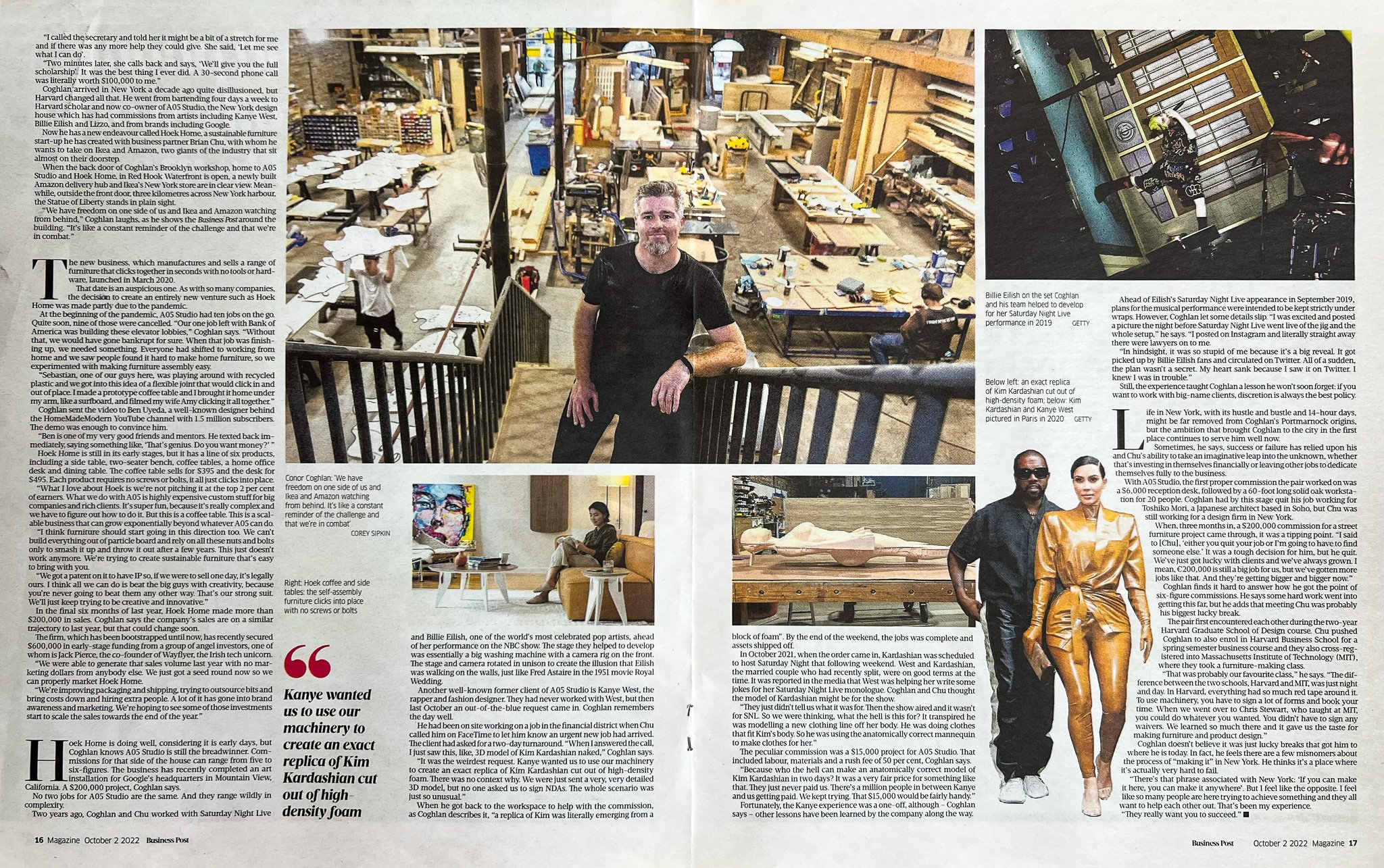Innovative, first-principles design grounded in manufacturing expertise.
Conor Coghlan is an Irish-born architect, designer, and entrepreneur whose work sits at the intersection of architecture, product design, and systems thinking. Rooted in a deep understanding of materials and a love of structure, his design approach is shaped by the unique qualities of each site and its surrounding landscape. Whether crafting buildings or furniture, his work is a study in how light, material, and structure can shape experience.
Conor received his Master of Architecture from the Harvard Graduate School of Design in 2015, where he was awarded the prestigious Peter Rice Prize, recognizing exceptional promise and innovation in advancing architecture and structural engineering. During his time at the GSD, his work focused on the intersection of architecture and landscape, the logic of prefabrication, and the social role of design.
After graduating, he spent two years working in New York with Toshiko Mori Architect, where he contributed to a range of high-profile cultural and residential projects. His time there sharpened his understanding of architectural precision, material expression, and the art of restraint.
In 2017, Conor co-founded A05 Studio, a multidisciplinary design-build practice exploring architecture, fabrication, and product design through collaboration and hands-on experimentation. In 2019, his independent work in furniture and product design earned him the ICFF Studio Award, recognizing him as one of the top emerging designers in the field.
Building on that momentum, Conor launched Hoek Home in 2020—a modular furniture brand that reimagines how we live with and interact with space. Hoek’s patented no-tools, flat-pack furniture has been featured in Wired Magazine, Gear Patrol, Financial Times, and Popular Science, and is part of a growing movement toward sustainable, flexible living.
Today, Conor leads Hoek Home as CEO while also directing Studio Hoek, his architectural practice focused on modern, modular environments that integrate with the landscape and reveal structure as part of the design language. His work continues to explore how design—at every scale—can be elegant, efficient, and deeply human.











